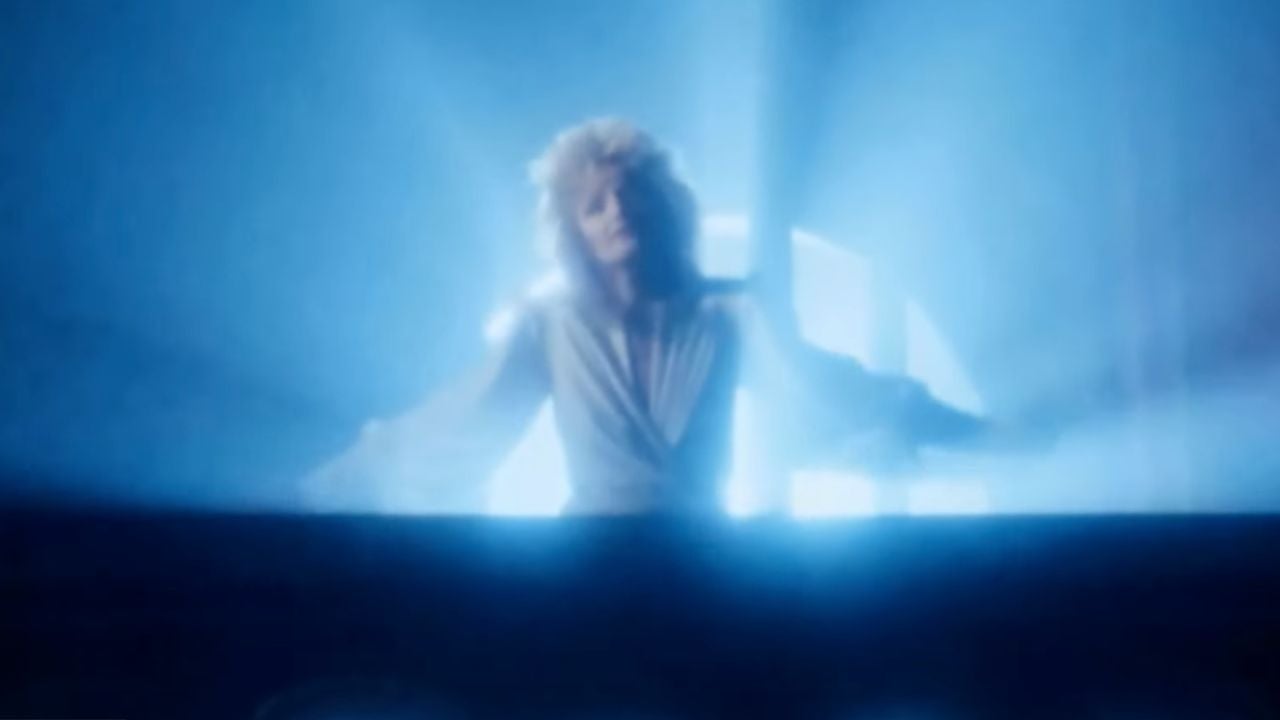The show has now been rebooted with Jordan Peele as the host.
“It is a dimension as vast as space and as timeless as infinity. It is the middle ground between light and shadow, between science and superstition, and it lies between the pit of man's fears and the summit of his knowledge. This is the dimension of imagination. It is an area which we call the Twilight Zone.”
That is how host Rod Serling started off each episode of the beloved cult classic “The Twilight Zone,” and now Jordan Peele has taken up the mantle in a reboot of the series.
Know for preying on the hopes and fears of viewers, Serling’s original series ran for five seasons on CBS from 1959 to 1964.
The show has been a fan favorite for generations, playing every New Year’s Day and Independence Day in syndication, allowing for new viewers to fall in love with the show.
"The Twilight Zone" sprang from Serling's own mind and many of the show's terrors were modeled on what he experienced, particularly during World War II.
He volunteered for the military weeks after turning 18 in January 1943. He eventually became a paratrooper in the Philippines and saw heavy combat in areas like Leyte and Luzon.
“He’s one of these paratroopers going in ahead of the expeditionary forces island to island. And he sees so many of his friends killed. He sees so much. You can't imagine what he saw. It was so awful,” Mark Dawidziak, TV critic for the Cleveland Plain Dealer, told InsideEdition.com. “He comes back from World War II damaged. There's no other way to say it."
He added that “those experiences shaped him for the rest of his life, they shaped him as a man and as a writer.”
Serling would go on to be awarded the Bronze Star, Purple Heart and Army Good Conduct Medal, among others.
He returned from the war and enrolled in Antioch College in Ohio, where he turned to words to capture the anguish of what he was going through.
“He was so traumatized that when he finally did go to Antioch, he switched his major from phys ed to language and literature. He said he had to get it out of his gut. He had to get it off his chest,” Serling's daughter, Anne, told InsideEdition.com.
One of the first things he wrote was a loosely autobiographical short story on the experience of war and it dealt with the members of 511th Parachute Infantry Regiment, to which he belonged.
“He gave each of these characters an ironic death,” Nick Parisi, author of “Rod Serling: His Life, Work, and Imagination,” told InsideEdition.com. “That sense of irony is what he carried right into 'The Twilight Zone' with the twist endings and what have you. It's hard not to trace it back to those experiences.”
In 1958, Serling sold a teleplay to CBS, hoping to turn into a series called “The Time Element. It ended up being shelved for months before it was eventually released and became an instant hit with fans and critics alike.
Following the success of “The Time Element,” CBS opened up talks with Serling for a new series he was passionate about called “The Twilight Zone.”
Each episode featured Serling in a black suit, smoking a cigarette looking very austere and dignified presenting a bizarre story that would take viewers on a journey between “light and shadow.”
And yet, despite the show's dark subject matter, Serling himself was by many accounts a fun-loving man.
“I think people would be shocked that my dad was nothing like that black-and-white image. He was brilliantly funny, a practical joker, anything for a laugh," said Anne. "... And my friends adored him. If they had any apprehension at first before meeting him, thinking he would be that black-and-white image, that quickly dissolved."
She added that her father was “literally the guy who would put the lampshade on his head at the party.”
Serling also cared deeply about what was right. “One of the things that endears Rod Serling to people through the generations is this feeling, this sense you get that he really was on the side of the little guy,” Parisi said. “He was always standing up for the underdog … when he saw injustice he was going to speak about it.”
“The Twilight Zone” became his vehicle to speak about social issues in a subtle manner.
Famous episodes include “Eye of the Beholder,” where a woman undergoes multiple surgeries to repair a facial deformity in an effort to look normal, when it is in fact she who is beautiful and the others deformed by conventional standards; and “Time Enough at Last,” where a far-sighted bookworm survives a nuclear attack but then breaks his glasses, showcasing society's overreliance on technology.
“As a writer, he felt it was his job to do that. He felt it was the job of the writer to make comments on the current issues of his time,” Parisi said.
“How we treat older people, how we treat children, ignorance, prejudice, war. All of these are themes which recur in Rod's work time and time again," Dawidziak added. "So, his themes don't change, the delivery system is what changed. And what made those themes and that writing immortal is ‘The Twilight Zone.’”
His daughter said that he particularly championed acceptance among people.
“The prejudice just enraged him,” she said. “... It’s a theme in almost everything that he wrote.”
While Serling and his staff presented the sociological themes in a supernatural way, the content and context has given the series its staying power.
“Rod Serling worried about whether people would ever know a thing he wrote 100 years after his death. You know, we're now 50 years removed from his death. More than 50 years removed from his death," Dawidziak said. "And we still know who he is, and we still know what the stories are."
“Something my dad said was he felt that it was a writer's job to menace the public's conscience. So all of these things or many of the things that he wrote about were things that he felt we need to be very conscious of and thinking about this all the time,” his daughter added.
Serling passed away in 1975 at 50 due to heart failure.
RELATED STORIES





